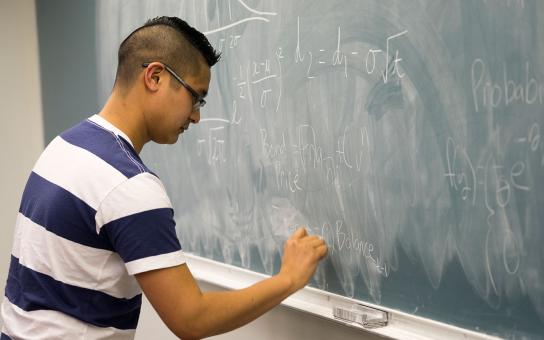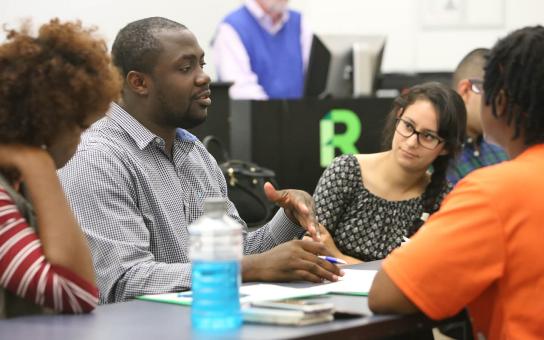Minor in Statistics
Statistics is a means of describing a collection of data, and knowledge of statistics helps researchers with data collection, analysis and presentation. The minor in statistics is an excellent complement to majors in any quantitative area, including the sciences, social science, computer science and finance.
Why Roosevelt

Supplement Your Major
A minor in statistics can enhance any degree by increasing your ability to work with quantitative data. If you are deeply interested in a major, you should major in mathematics with a concentration in statistics.

Small Classes, Big Qualifications
This program will not only strengthen your understanding of data analytics but will provide you with a focus on the actual practice of data analytics with current applications.

Present Your Work to Industry Professionals
Roosevelt holds an annual mathematics conference (the Math x-Position) where you can present your work, hear a career panel and learn more about interesting mathematical topics. Our students also travel to mathematics conferences and competitions to present their work to experts across the country.





